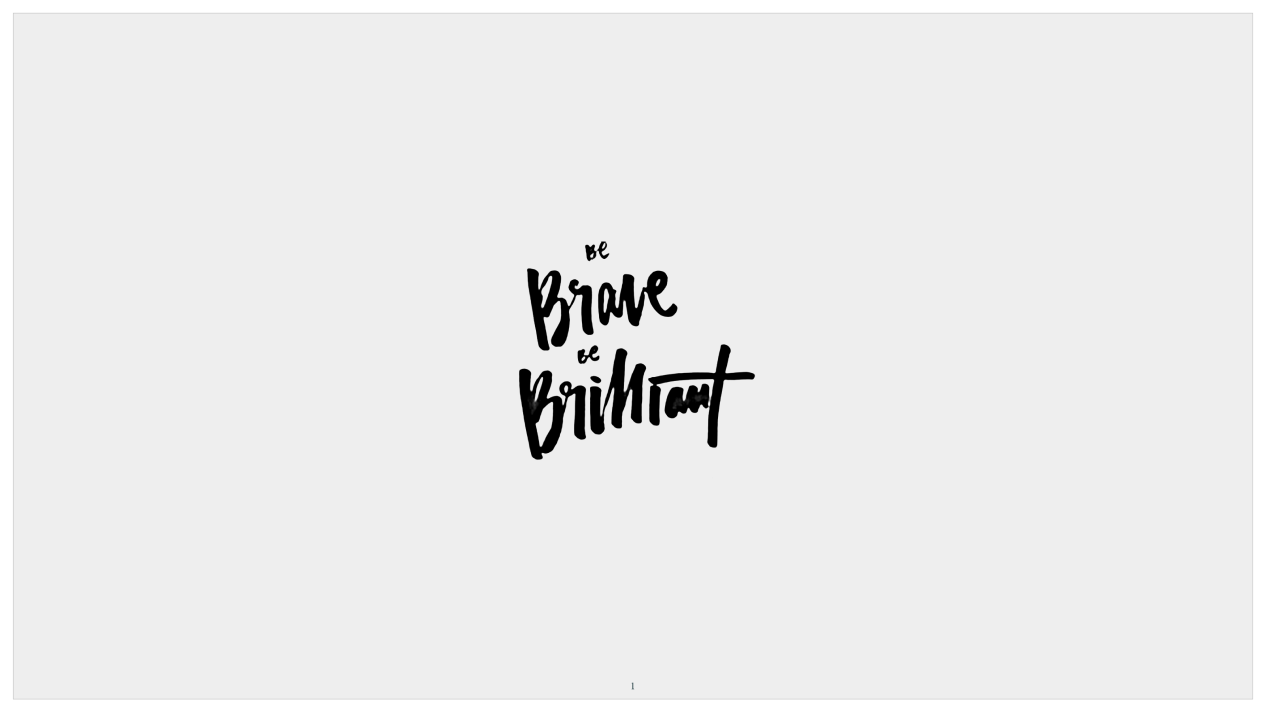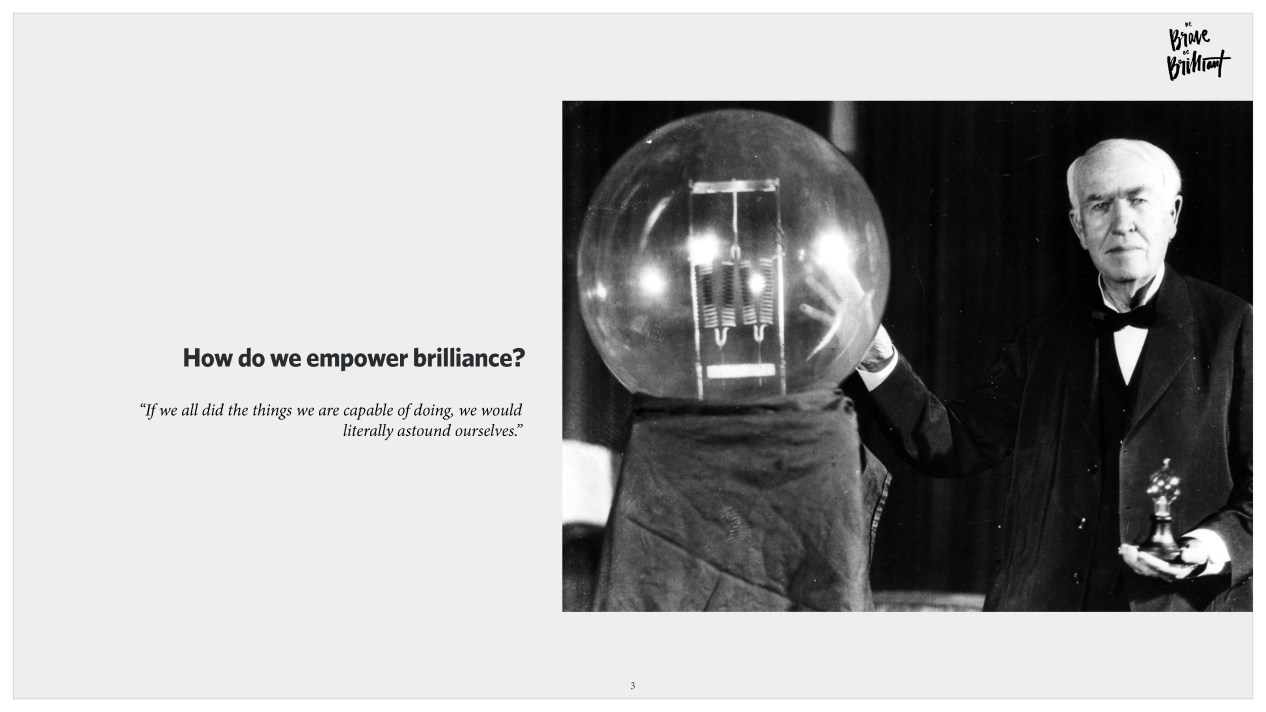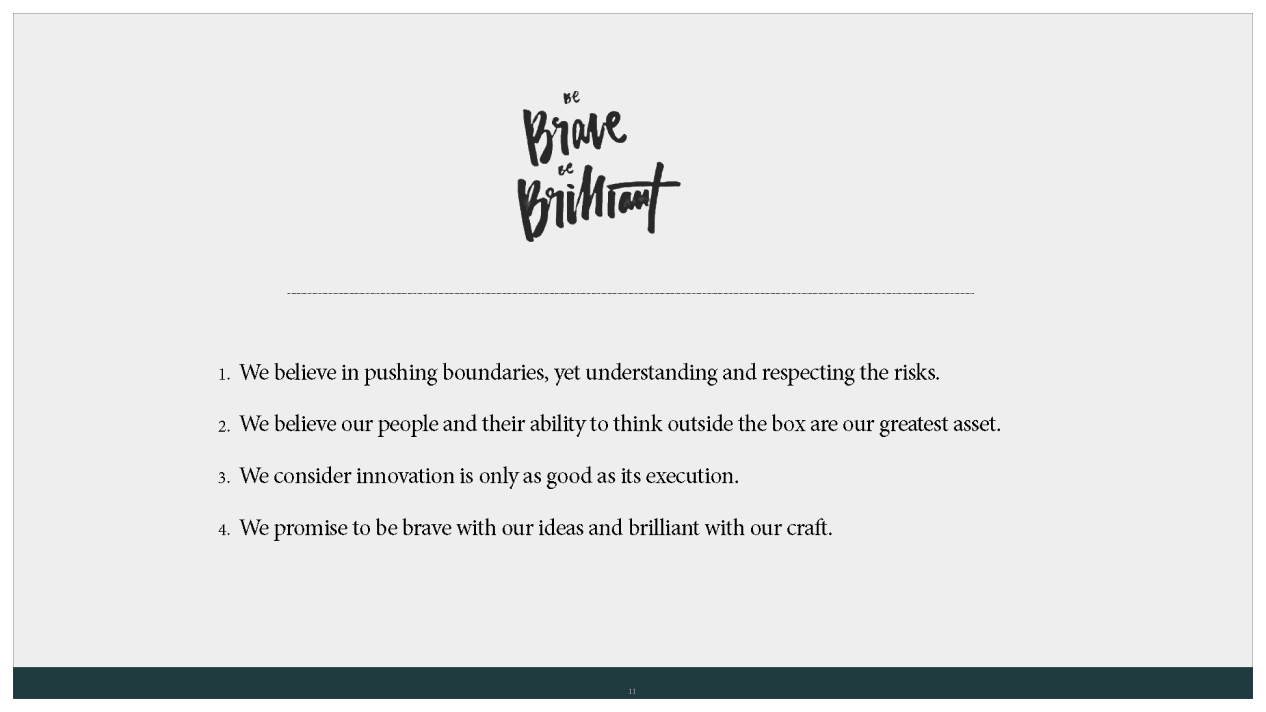Thinking & Processes
Throughout my career, I have developed approaches for internal organizational restructuring, brand positioning for business development, and ways of working for creative departments at the office, regional, country, and global levels.
Below are a few examples of these activities.
GlueIQ’s Pod Operating Model
For GlueIQ – a growing company who only intends to hire the best and the brightest – there are times when we need to call on shared resources to handle the workload in stead of “panic hiring.” In this model, a smaller group of Conceptual thinkers, Creators, Makers, and Specialists exist within Pods and can service a larger client base and generate more revenue with the same amount of effort.
Each Portfolio Group was is client facing and unchanged in their personnel, but can rent out talent from the shared Pods. This allowed for flexibility from the account owners and a higher quality of creative from the talent within the Pods.
I call this the “Duck on the Water” model in which the client only ever sees the body of the duck (the Portfolio Leadership), but below the water line, the Pods can service the needs with different talent who do not have to be client facing…just like legs of a duck moving effortlessly below the water.
Creating Experience Principles
Creating Experience Principles is part of my methodology – whether it be for a pitch or paid work – to develop guideposts by which all creative will follow. They’re based on user and market research, insights, a core concept, and visual design goals – all in an effort to distinguish our client’s brand and fill in the white space created by their competitors. The below examples were for the Atlantis Bahamas new business pitch which GlueIQ won.
Click to enlarge.
From Content to Context
The concept of hyper-contextualized content based on behaviors and geographies is something I am fascinated with. In 2017, while working on a project for Nissan, we partnered with the CGI design leader, Mackevision, and were able to propose a new way of presenting products to consumers. The idea is simple; show consumers inventory that is contextually relevant to them based on their intent that was formulated from browsing behavior (lifestyle), location, and local inventory. The formula is as follows:
Understand how and where a user was looking for products (Intelligence)
Glean their recent search history (Signals)
Apply Segment / Individual data (Location / Population)
Add business sell goals & needs along with local inventory
Generate imagery of products that are most suited to that individual through Mackevision CGI
So a consumer in Colorado shopping in Winter with an interest in skiing would only see 4x4s that are good in the snow with vehicle options (color, trim, package) that are currently available within a pre-determined distance from their location. This would be presented on Colorado-inspired backdrops that the CGI would build on the fly.
Sapient’s Creation Methodology
In my time as Head of Experience for Sapient, I created several ways of working models. Here, the idea was to model effective creative generation for smaller teams who were often stretched thin across multiple projects. By becoming more agile and working in fluid teams, we were able to replicate efficiencies and better overall creative thinking and outputs across offices.
Sapient’s Creative Positioning
Be Brave. Be Brilliant. After spending months in various offices across the North America and the UK, I felt like the creative positioning at Sapient needed a bit of a reboot. People needed to stop being order takers and start thinking more for themselves…to start pushing the envelope and elevate their creative expression. The concept of “Be Brave. Be Brilliant.” was to empower our creatives to no just do what they felt the client wanted to hear, but to do what was really needed for their clients’ business. These are select screens from my presentation to Sapient’s leadership.
Creating a Culture of Innovation
The goal?
Create a symbiotic relationship, on each of our accounts, between a creative, account, and strategy lead to:
Best identify creative opportunities in accounts that not only grow revenue, but generate more chances for innovation and awards
Build/ improve our creative reputation within current clients
Increase “street’ credibility with the creative community
Elevate the overall creative output of the London office(s)
Creative Team Responsibilities
Identify new creative opportunities within assigned account
Two (2) opportunities must be defined per Quarter
Opportunities defined as a. non-platform b. not of current project
Meet once a month with partner(s) to review progress against quarterly target
Status report to Innovation/Experience LT once quarterly
Account Team Responsibilities
Invite creative partner to new business conversations with client
Consult creative & strategy partners on all creative conversations
Never agree to new project without consulting partners
We need to constantly be innovating. For us. Our future. And for the future of our clients. At Sapient London, I set out to foster trust in innovation as much as delivery; to provide value beyond the ask; and to push ourselves through the boundaries of what is expected.
















